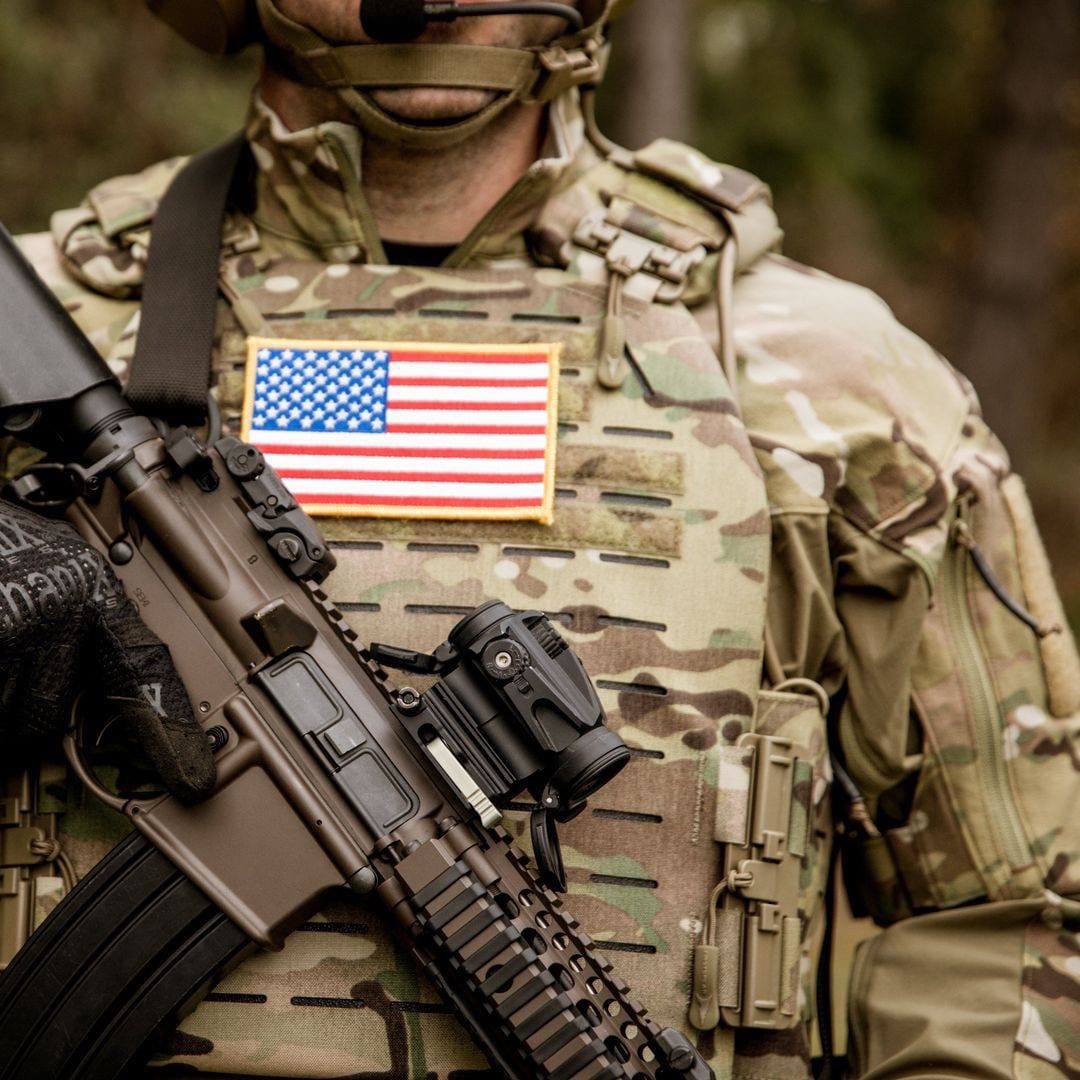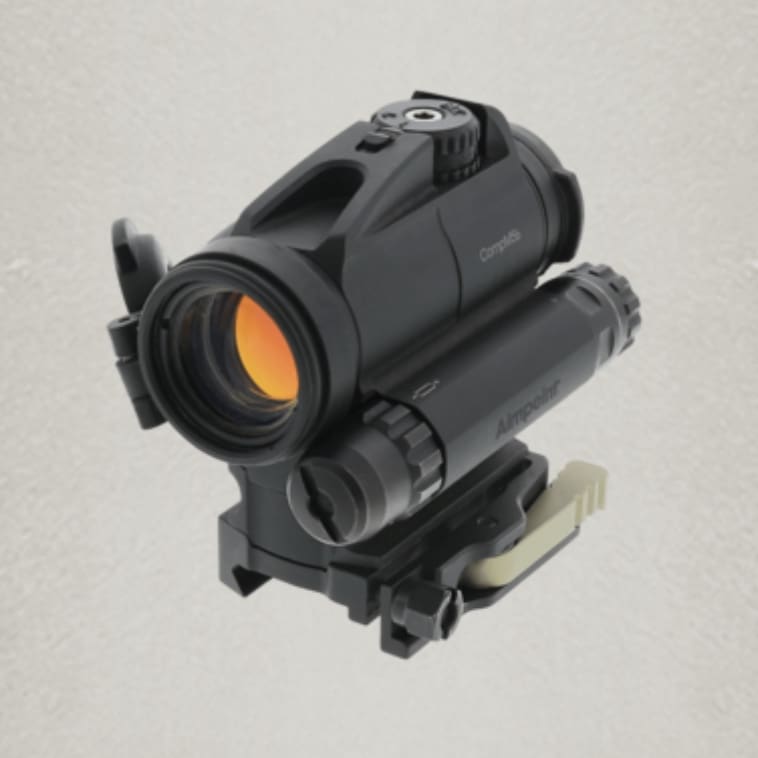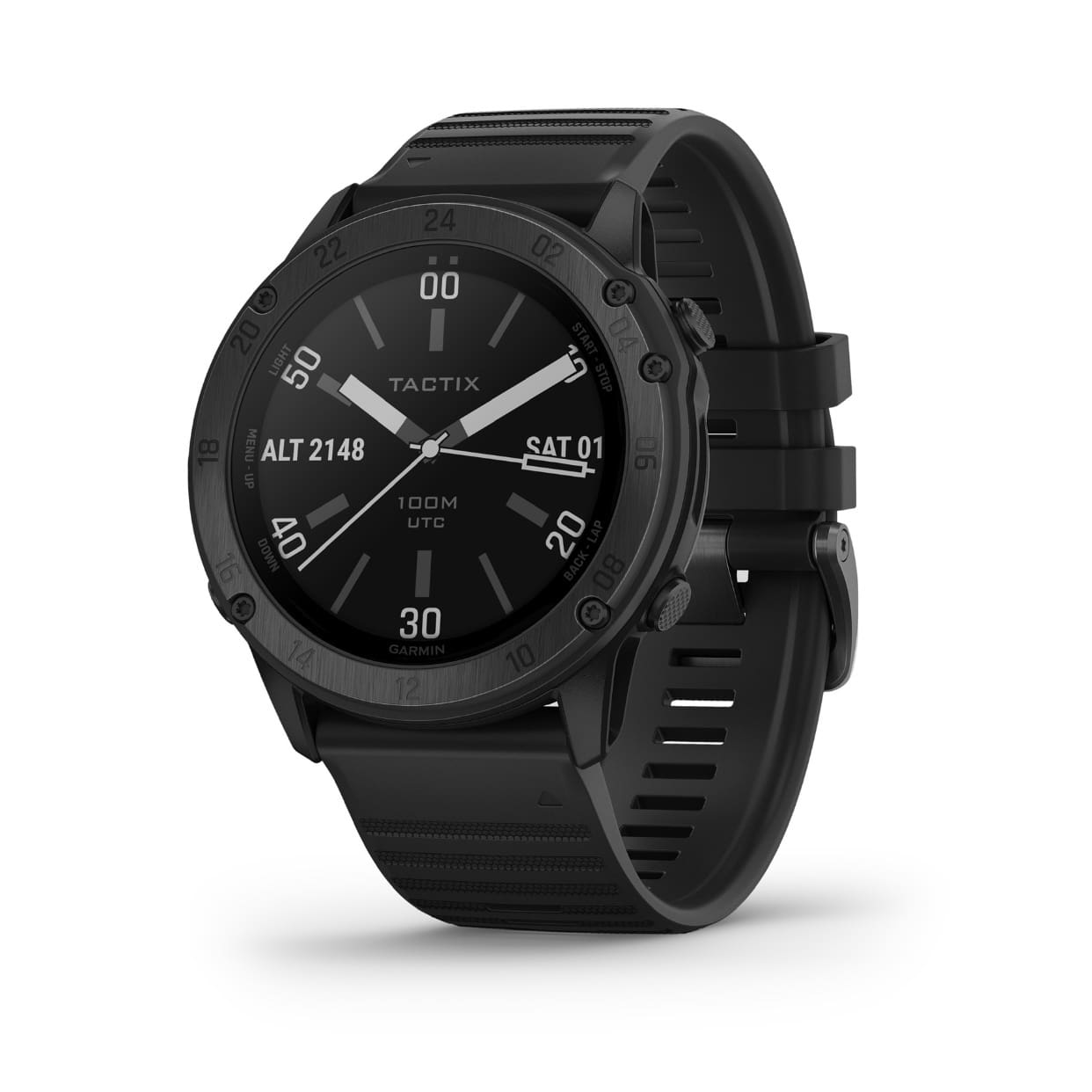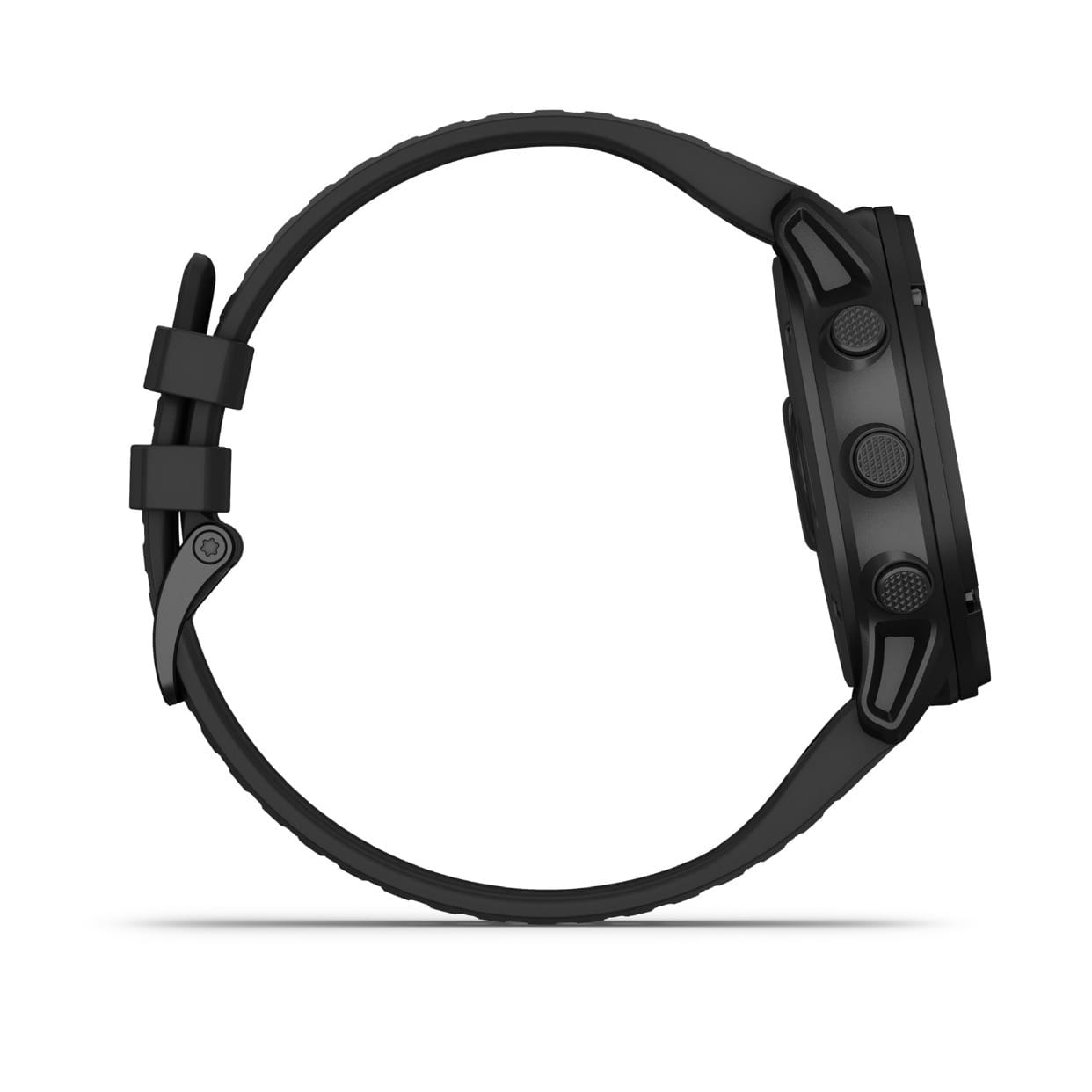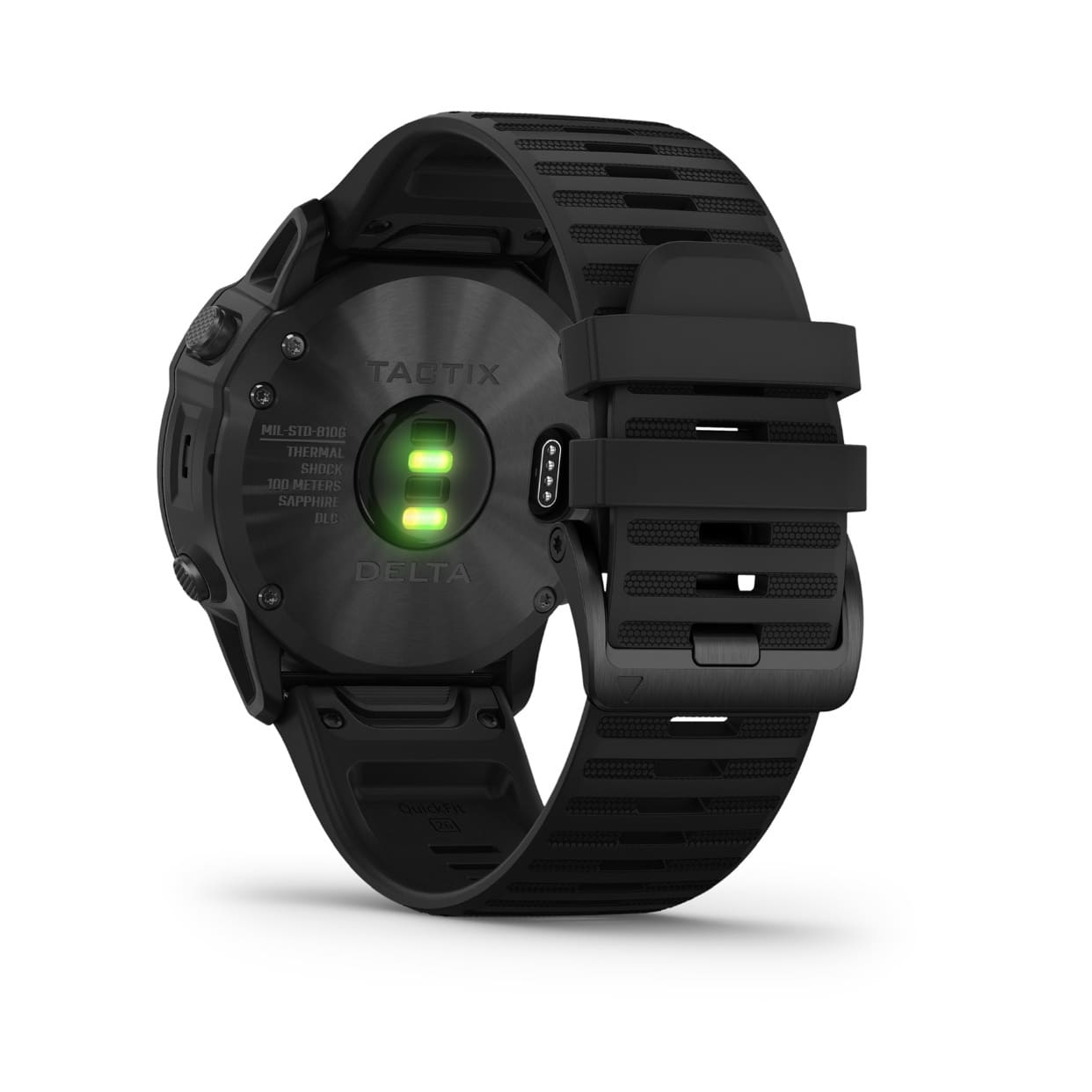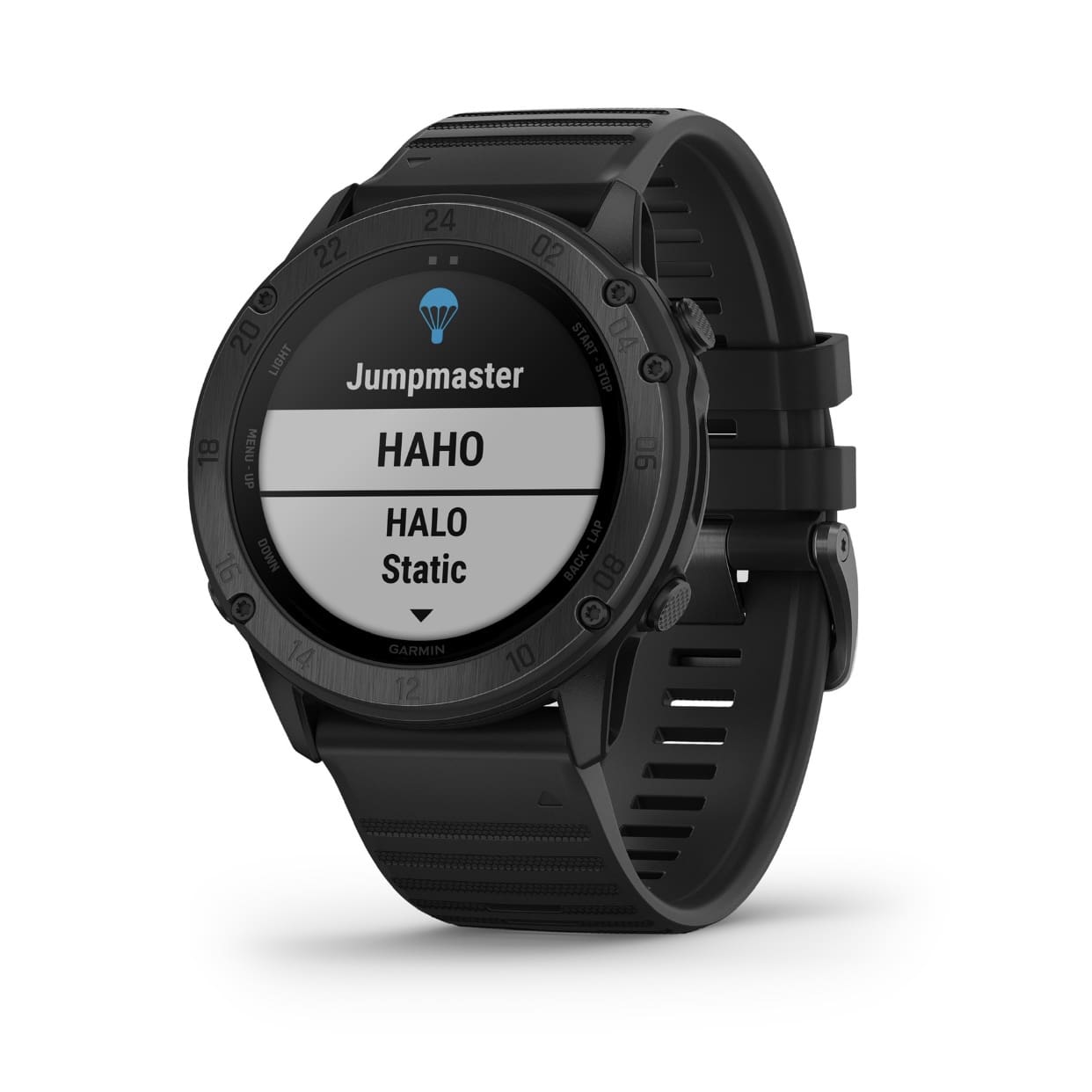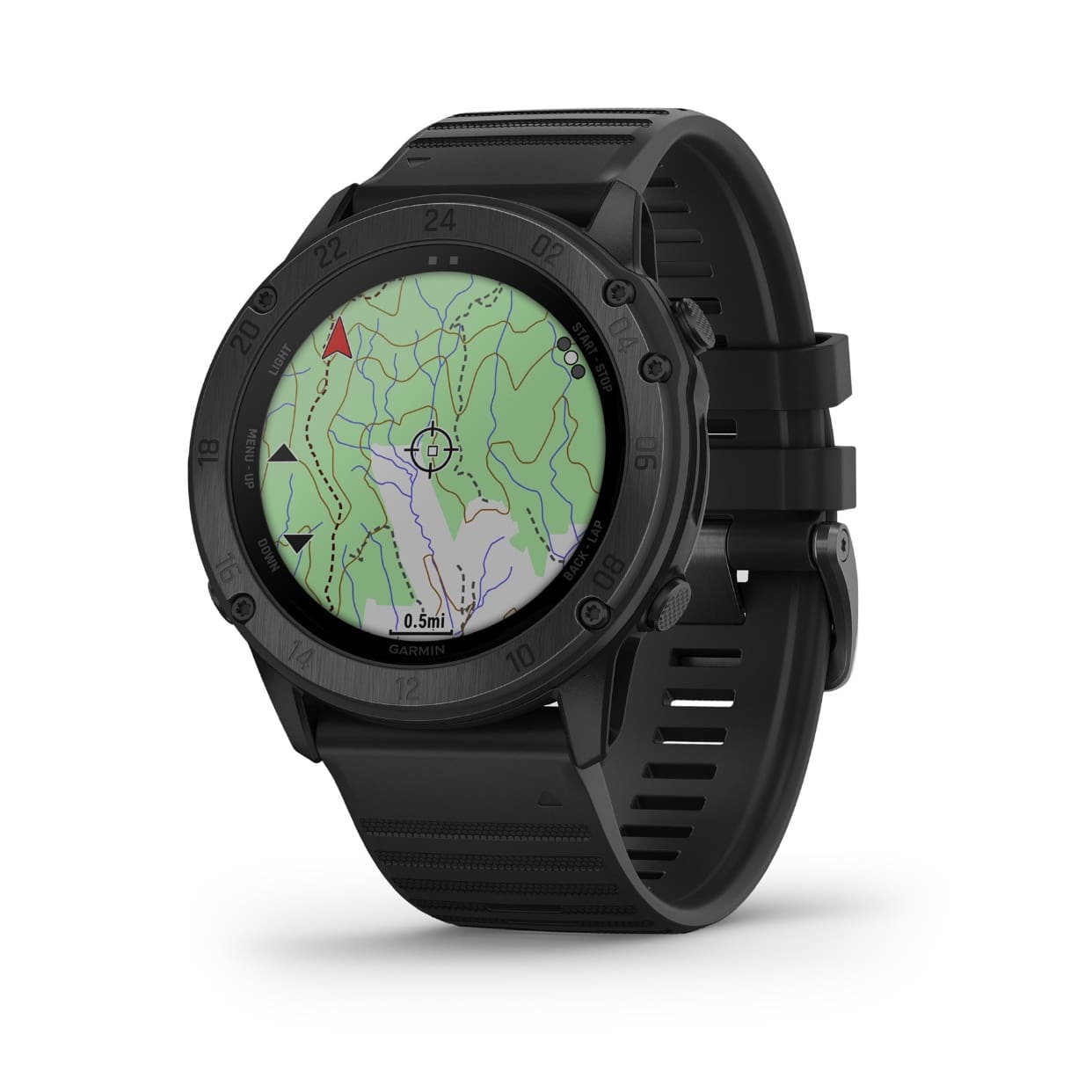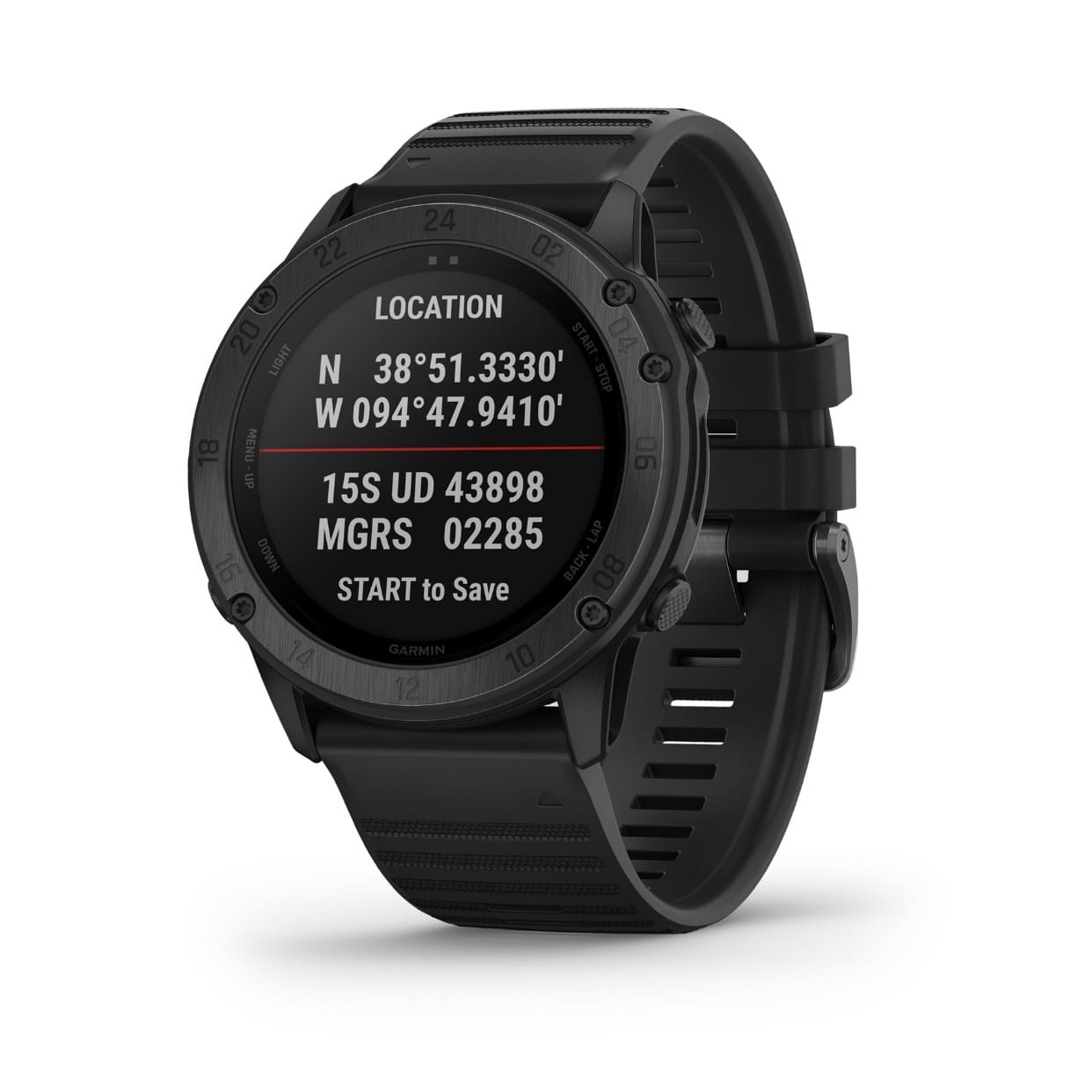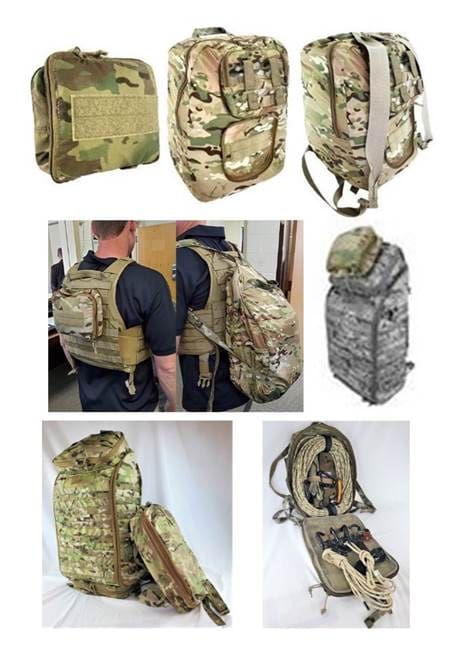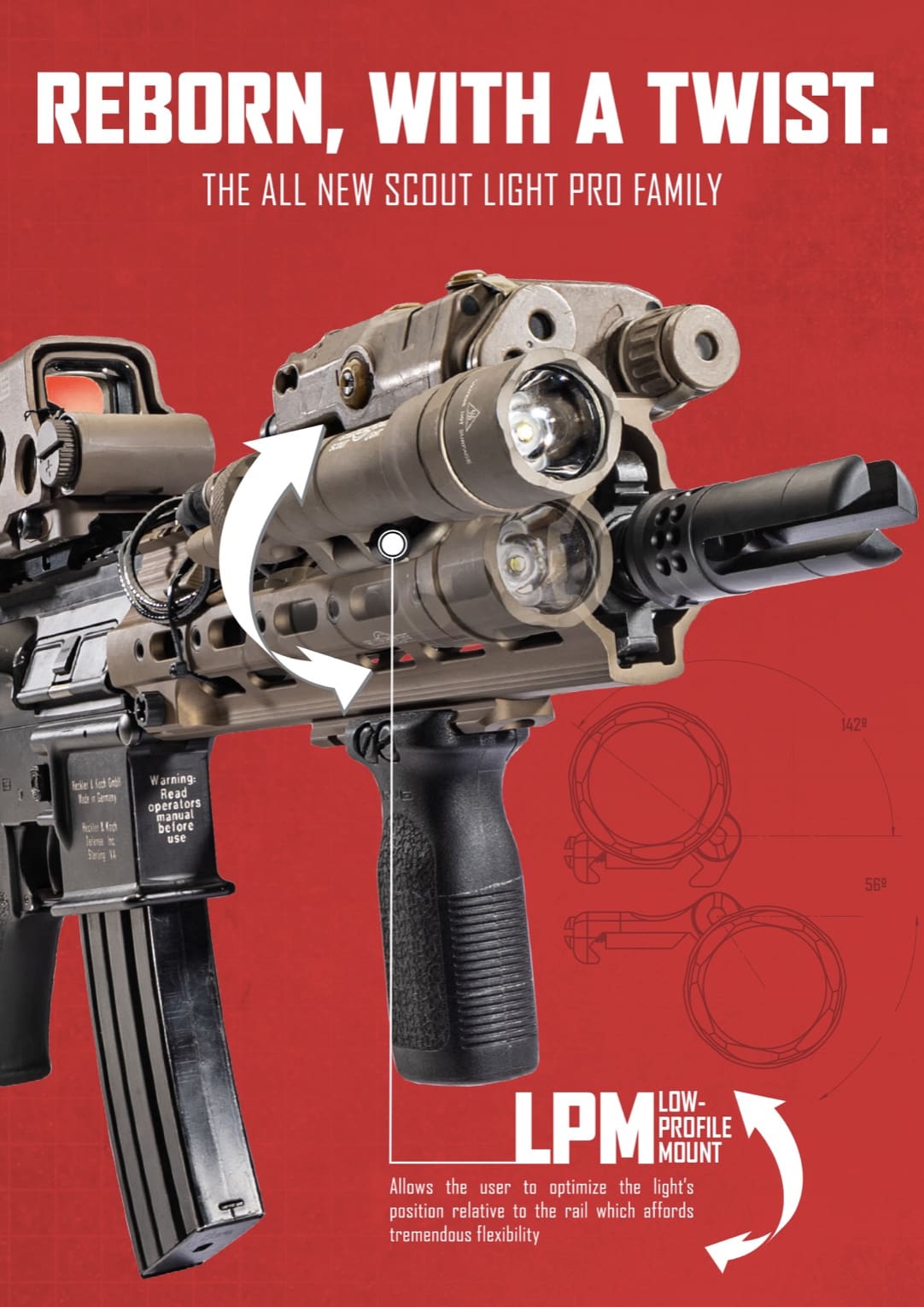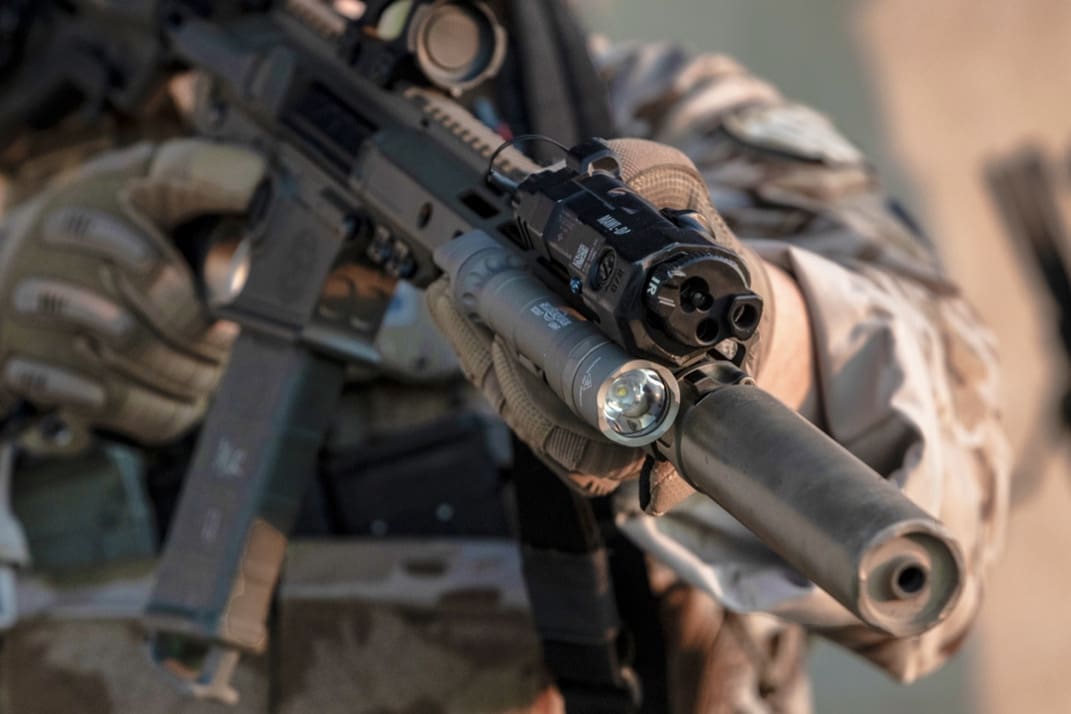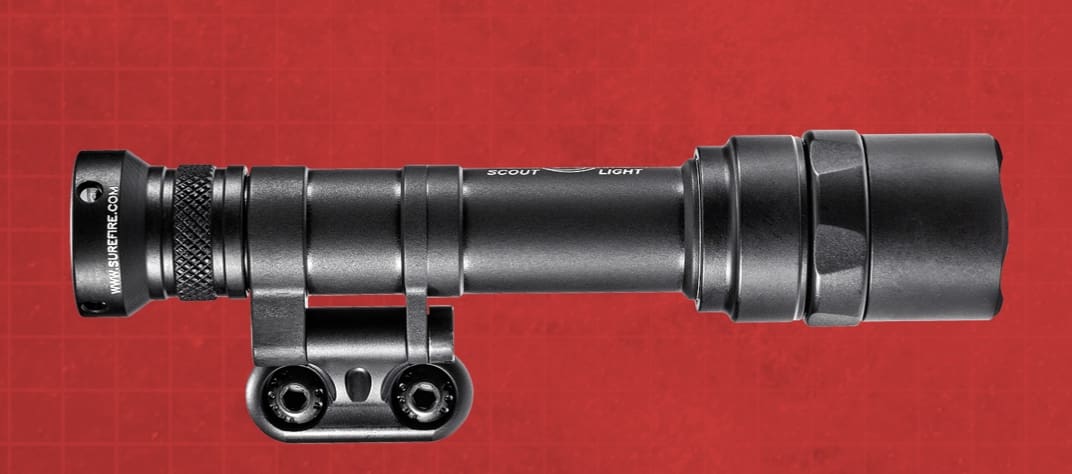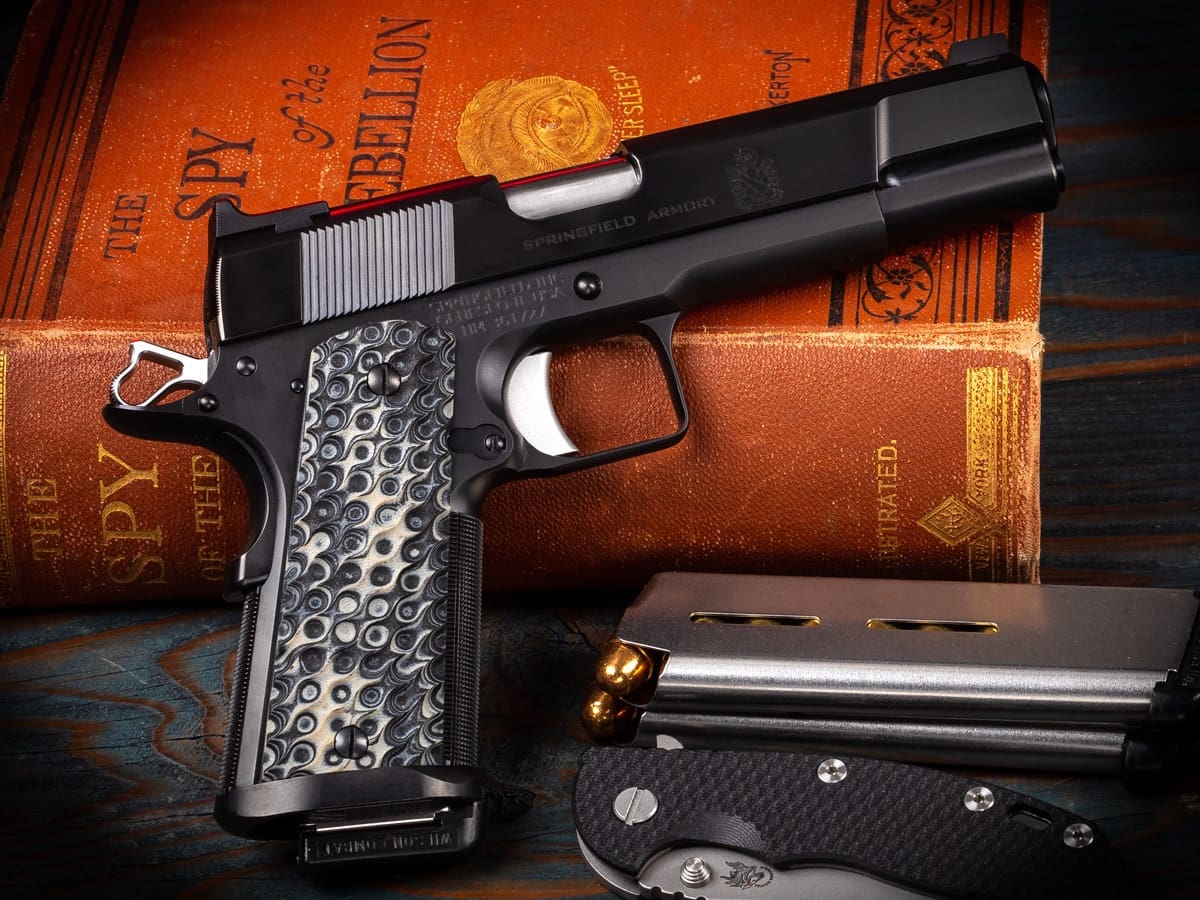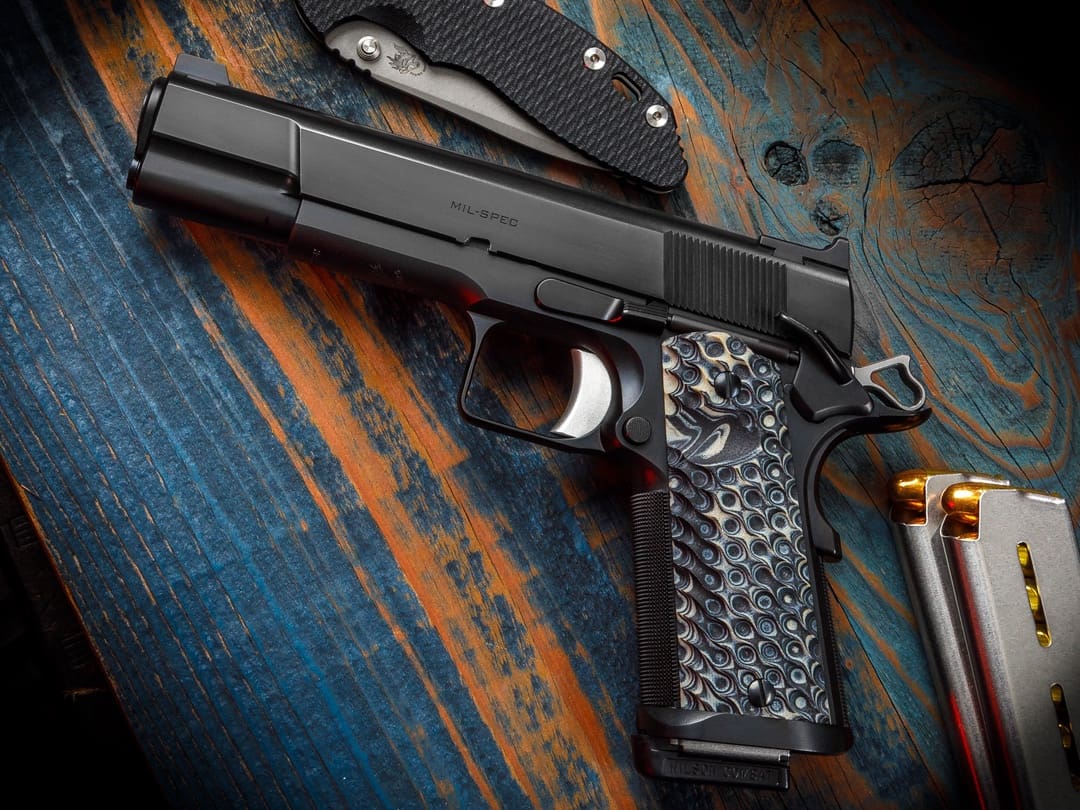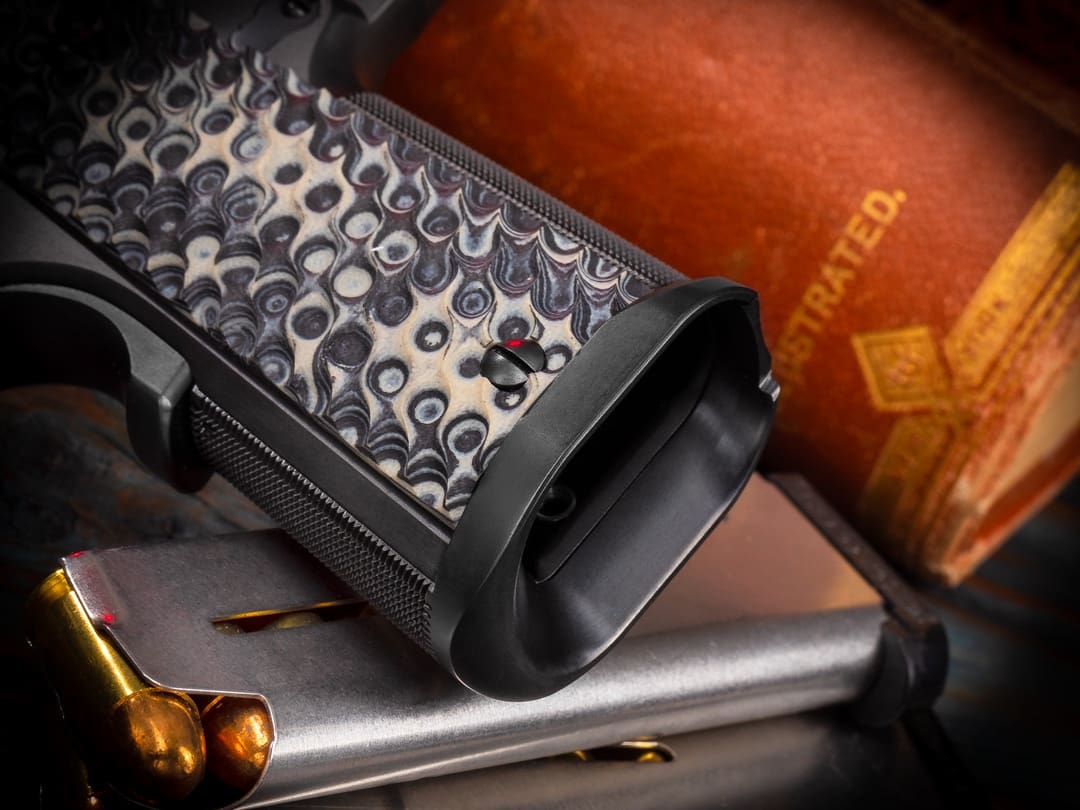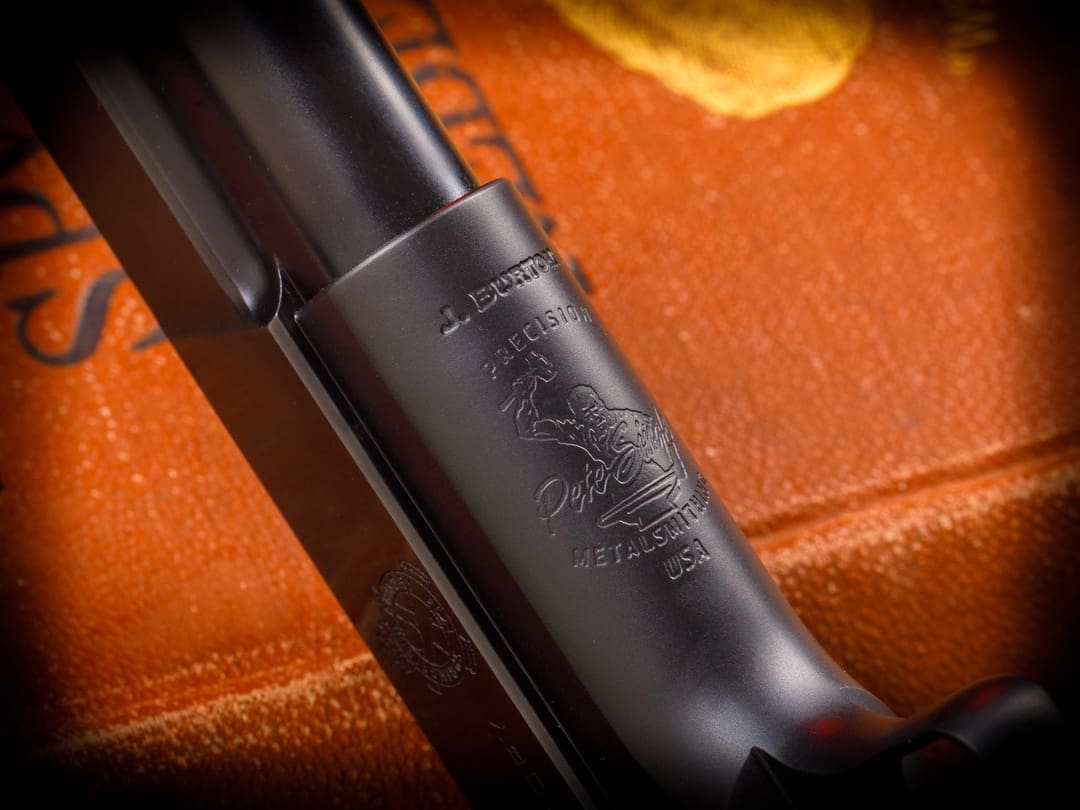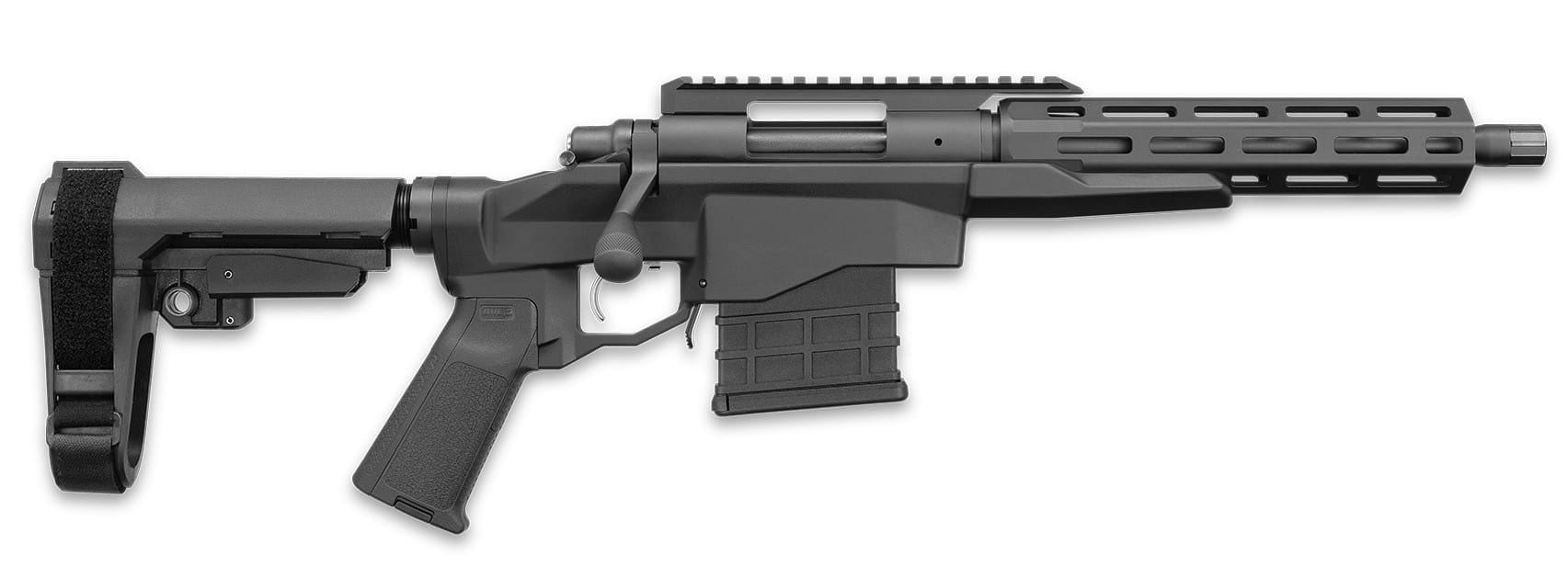Plano, TX (January, 2020) – American-based pistol manufacturer Shadow Systems will release a new compact-sized production pistol, the MR920, at this year’s SHOT Show.
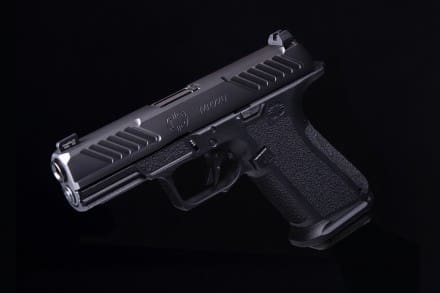
Following the overwhelming success of the MR918, launched in January 2019, Shadow Systems has decided to iterate faster than the competition and launch new improvements now. Like the previous product line, the MR920 is a multi-role, compact-sized 9mm polymer pistol, which is designed to be used for daily carry, duty carry, home defense, competitive shooting, and everything in between.
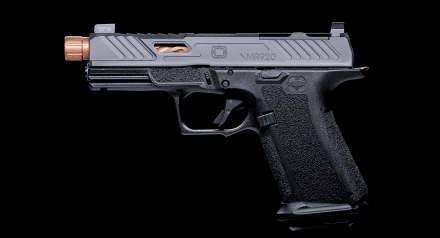
Shadow’s MR918 has been referred to in the press as “the flattest shooting pistol on the market.” The MR920 frame builds upon that reputation with further improved ergonomics and unprecented recoil control. The MR920 is designed to sit ultra low in the hand, with a slide-bite-eliminating beavertail and innovative ergonomic contouring. A recoil control ledge has been added to the side of the frame giving the support thumb a greater role in controlling muzzle flip. The MR920 frame also features Shadow System’s interchangeable NPOA (Natural Point of Aim) backstrap system, which allows shooters to adjust the way the muzzle points. This allows the MR920 to mimick a 1911, a customized Glock, or something in between. Building on the MR918’ reputation for holster compatibility, the MR920’s trigger guard allows widespread holster fit with nearly every brand of holster designed for the G19.
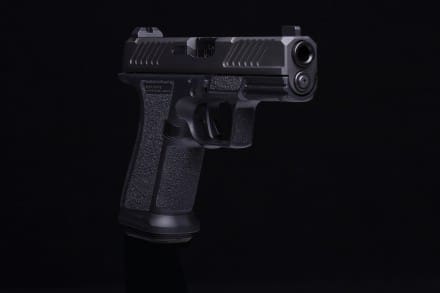
The biggest news in this release is Shadow’s new patent pending optic cut. By redesigning internal slide components, Shadow effectively relocated portions of the operating system allowing three key attributes:
• The strongest, deepest screw placement in the industry
• Direct mounting of several brands without intervening adapter plates
• Extremely low optic placement permitting most optics to cowitness with typical iron sights
No past designs have combined all three of these game-changing attributes. Shadow’s design accommodates Trijicon RMR and SRO, Holosun 507c and 508t, Leupold Deltapoint Pro, Vortex Viper, and TruGlo Tru-Tec. Shadow Systems’ new optic cut will likely accommodate additional brands and optics; testing for optic compatibility is still ongoing. The new system provides versatility without compromise and even exceeds the strength of past Shadow Systems mounts that had a dedicated Trijicon RMR footprint machined into the slide.
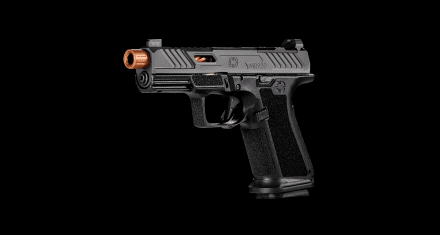
Coming from various duty backgrounds in law enforcemrnt and military service, the team at Shadow Systems is serious about creating bet-your-life-reliable firearms designed for difficult, imperfect circumstances. With this in mind, the slide stop lever and protective curtain have been redesigned to further prevent inadvertent engagement with an extremely high firing grip. The magazine release button now features a higher traction surface. The trigger for the MR920 has been redesigned with a smoother and slightly lighter trigger pull while keeping all safeties intact.
As with the previous product line, the MR920 will be released in two different models: the Combat and the Elite. These twomodels are differentiated by their slide designs.. The Combat is Shadow Systems’ entry level model featuring directional slide serrations on the front and rear. The Elite model features additional slide machining that adds directional serrations to the top of the slide and a weight-optimizing window cut which reduces slide mass supporting rapid shot-to-shot recovery. Both Combat and Elite slides have been reprofiled at the muzzle to be thinner in key grasping areas. This also helps safely re-holster in a silightly-collapsed IWB holster.. Shadow re-contoured the rear of the slide to alleviate the complaint that the back corners are “digging in” during IWB carry. Both models are available with dovetail sights or withShadow’s new Patent Pending Optic Cut optic cut. The front sight features a high visibility green ring and green tritium lamp to draw your focus both day and night. Sight heights are optimized to co-witness properly with the majority of red dot sights.
“A lot of big companies make you wait 5 or 10 years before they incorporate customer feedback and improve designs. The MR918 is a great pistol that almost everyone loves, but there were a few scattered voices in the market asking for some tweaks. So we decided to listen instead of push back and ignore it. Now we have a gun that truly answers all the questions and works well for basically everyone—even those with a different optic, a higher firing grip, massive hands, or an odd brand holster.” – Trevor Roe, CEO
The MR920 will be released to the public at SHOT Show, on January 20th, 2020. Combat and Elite models will be immediately available for pre-order and the first MR920 pistols will begin shipping in February 2020. Pricing for the MR920 will begin at $799.
Shadow Systems is a portfolio company of Catalyst Holdings. Visit hwww.shadowsystemscorp.com; engage on Facebook at www.facebook.com/ShadowSystemsCorp; follow on Instagram at instagram.com/shadowsystemscorp.
